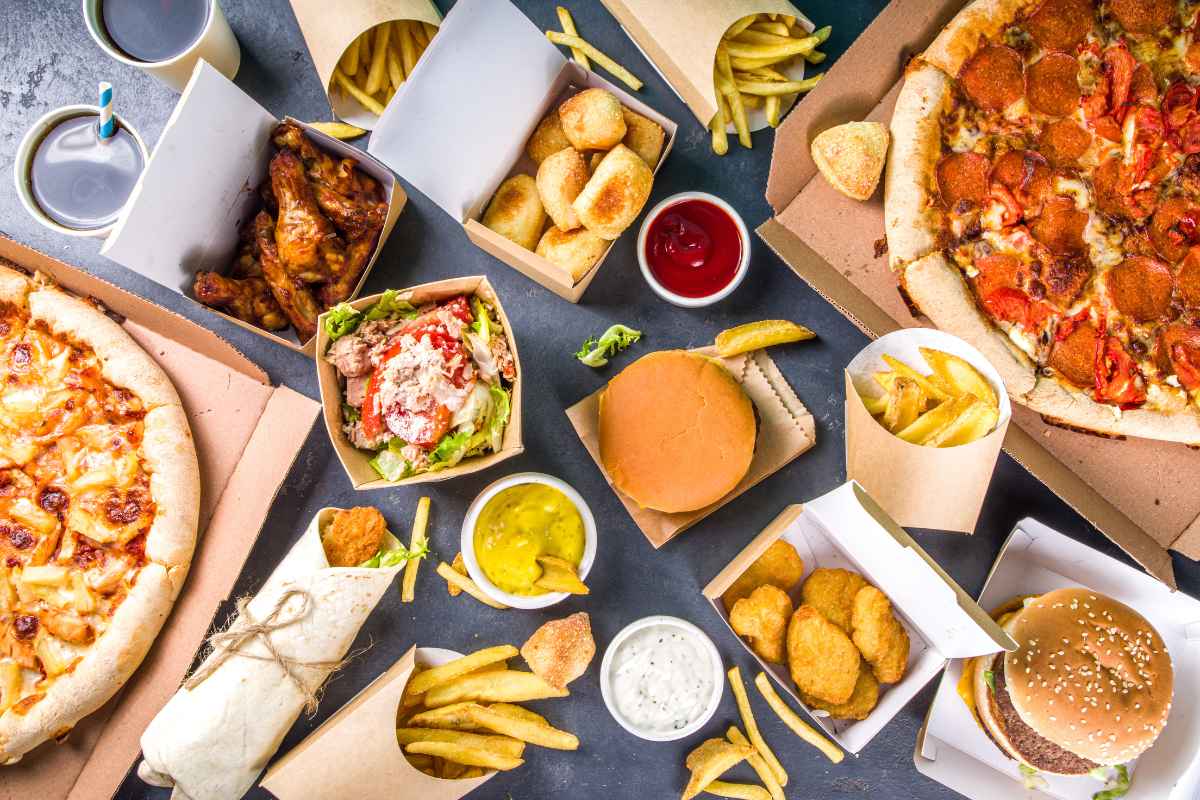Embarking on the journey to operate a thriving fast-food restaurant is both exhilarating and daunting. In a world where speed and flavor dominate, standing out can seem like a mammoth task. Yet, the ingredients for success are within reach. This guide will unwrap the essential strategies – from mastering menu innovation to perfecting customer service – that hold the power to transform your fast-food business into the talk of the town. Ready to elevate your game and leave your competitors trailing in your wake? Delve in.
Optimizing Your Operations for Efficiency and Quality
Running a successful fast food restaurant hinges largely on the capability to maintain efficiency and quality simultaneously. Despite the bustling environment typical of these establishments, proper management can strike a harmonious balance that benefits both the business and its clientele. A crucial factor in this equation is the implementation of streamlined operating procedures. By keeping the preparation and service workflows as straightforward as possible, you not only reduce the chances of error but also expedite the service, leading to happier customers and a healthier bottom line. Another significant aspect to focus on is inventory management. Efficient inventory management practices ensure that you have just the right amount of stock at any given time. Too little can lead to dissatisfied customers, while too much might cause unnecessary wastage. Technologies such as real-time inventory tracking tools can be incredibly beneficial in this regard, offering precise control over stock levels and helping to reduce waste. Training and development form the backbone of any thriving fast food establishment. Investing in your staff’s growth not only elevates the quality of service but also bolsters morale and employee retention. This can be achieved through regular training sessions, performance incentives, and clear paths to career advancement within the business. Remember, a well-trained and motivated team is key to sustaining high levels of efficiency and quality. In sum, optimizing your operations for efficiency and quality involves a multifaceted approach. From streamlining processes and managing inventory wisely to fostering a strong, skilled team, these strategies can significantly influence the success of your fast food restaurant.
Identifying Your Target Market
Identifying your target market is a foundational step in running a successful fast food restaurant. Understanding who your potential customers are, what they seek in a fast food experience, and how they make their dining decisions are crucial to defining your business’s marketing strategies and menu offerings. Initially, it may seem overwhelming, but with the right approach, you can pinpoint your ideal customer base. A common mistake many new fast food outlets make is trying to cater to everyone. While this might seem like a strategy to maximize potential revenue, it can often lead to a diluted brand and confuse customers about what you stand for. Instead, focus on a specific segment. For instance, health-conscious consumers are increasingly looking for fast food options that offer fresh, high-quality ingredients without sacrificing convenience. Alternatively, you could target busy professionals who value speed and efficiency during their lunch breaks. By tailoring your menu, store layout, and marketing efforts towards a particular demographic, you can create a strong, loyal customer base. Moreover, leveraging local market research and demographic data can significantly aid in understanding your target market. Surveys, focus groups, and analysis of competitor success stories within your area can offer insights into consumer preferences and gaps in the market. Remember, the goal is not only to identify who your customers could be but also to understand their behavior, preferences, and how your fast food restaurant can satisfy their needs better than the competition. Constantly engaging with customer feedback and staying abreast of food industry trends will also help you adapt and refine your target market strategy over time.
Crafting a Strong Menu
Developing a compelling menu is pivotal in laying the foundation for a successful fast-food restaurant. This crucial step not only involves selecting items that resonate with your target market but also ensuring these offerings are consistent in both quality and affordability. An intelligently curated menu can significantly elevate customer satisfaction and foster brand loyalty. Firstly, it’s vital to understand your audience’s preferences and dining behaviors. This information guides the menu creation process, enabling you to include items that cater to various tastes and dietary requirements. For example, incorporating vegetarian or gluten-free options can attract a broader customer base. Moreover, it’s essential to consider the cost-effectiveness of your ingredients. Opting for locally sourced or in-season ingredients can enhance flavor while reducing expenses, thus benefiting both your business and your customers. Another key aspect is the menu’s presentation and layout. A well-designed menu can subtly guide customers toward higher profit margin items without overwhelming them with too many options. Achieving a balance between variety and simplicity is crucial.
| Menu Section | Consideration |
|---|---|
| Main Dishes | Balance between popular classics and innovative dishes |
| Sides | Options that complement main dishes enhancing the overall meal |
| Beverages | Variety that caters to different preferences and meal pairings |
| Desserts | Eye-catching and tempting options for a sweet end to the meal |
Lastly, regular updates to the menu based on customer feedback and sales data are crucial. This not only keeps your offerings fresh and exciting but also helps in eliminating underperforming items, ensuring that your menu remains optimized for both appeal and profitability. Remember, a strong menu is more than just a list of dishes; it’s a strategic tool that can drive the success of your fast-food restaurant.
Efficient Kitchen Layout Design
An efficient kitchen layout is critical in the seamless operation of any fast food restaurant. It directly impacts the speed at which food can be prepared and served, influencing both customer satisfaction and employee morale. A well thought out layout not only minimizes unnecessary movement but also ensures safety and boosts productivity among the staff. At the heart of this is the design principle of the work triangle, which carefully considers the placement of key areas: the refrigerator, sink, and stove. Optimizing the distance and relationship between these three points can dramatically reduce meal preparation time and facilitate an orderly workflow. In addition to the work triangle, incorporating areas specifically designated for food prep, cooking, and serving within the kitchen layout plays a pivotal role. It’s essential to allocate ample space for each section to prevent bottlenecks and ensure that employees can perform their tasks without interfering with each other. Having clear paths for moving from one area to another reduces congestion and the risk of accidents, making the kitchen a safer environment for everyone involved. Moreover, incorporating flexible workstations that can be easily adjusted to meet the demands of peak hours can further enhance operational efficiency. Finally, investing in high-quality, ergonomically designed kitchen equipment can significantly impact the functionality of a fast food restaurant’s kitchen layout. Ergonomic design eases the strain on employees, reducing fatigue and the likelihood of injury, which in turn can increase their productivity and the overall efficiency of the kitchen operation. By thoughtfully designing the kitchen layout with efficiency, safety, and employee well-being in mind, fast food restaurants can achieve smoother operations, happier staff, and ultimately, higher customer satisfaction.

